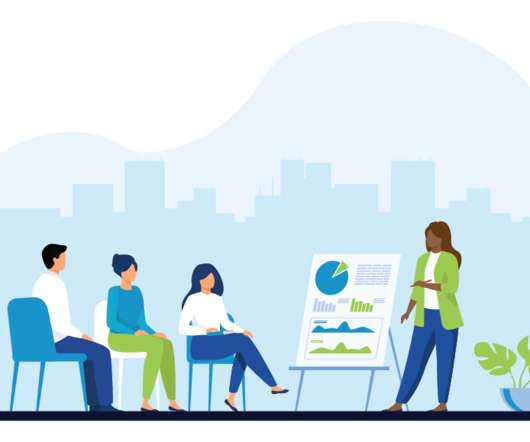3 ways SaaS CFOs can prepare for hypergrowth in 2022
OPEXEngine
FEBRUARY 1, 2022
When it comes to IPOs, 2021 was an excellent year for SaaS companies. Accelerated digital transformation across industries put SaaS companies firmly on the hypergrowth path. According to Gartner , the SaaS industry has grown from $35 billion in 2015 to $145 billion in 2021. Focus on a multi-year horizon.














Let's personalize your content